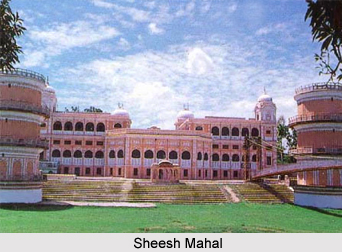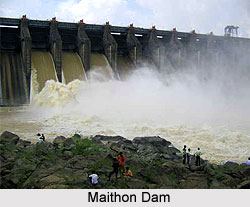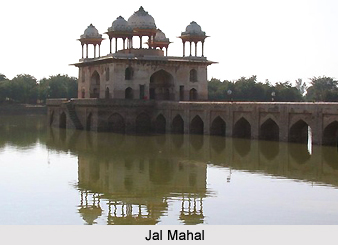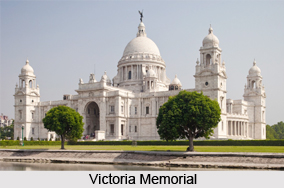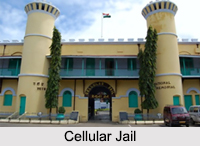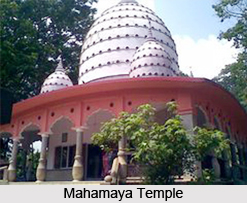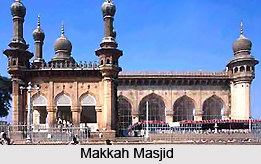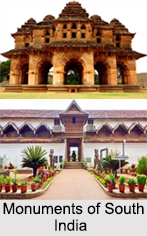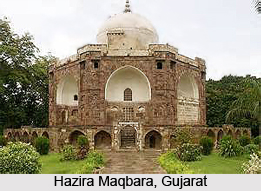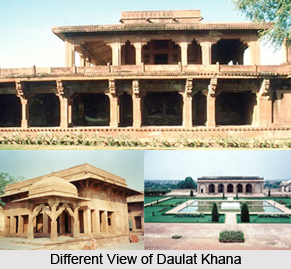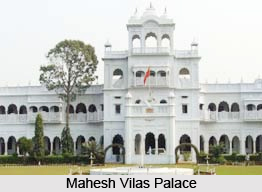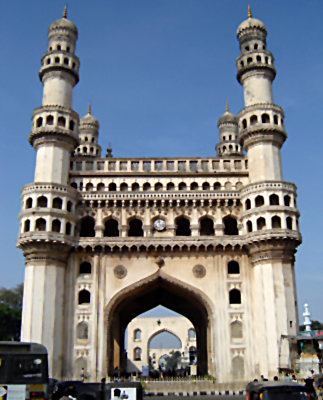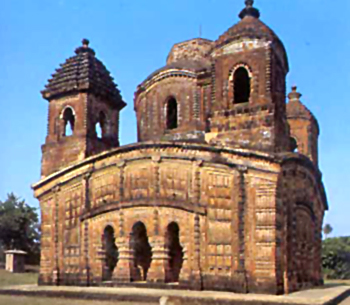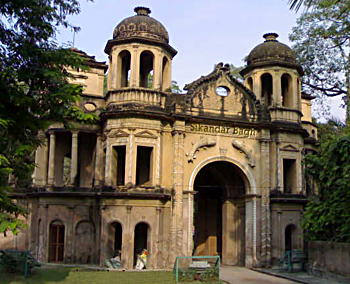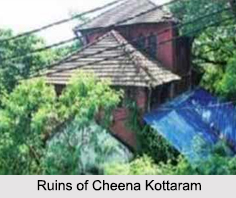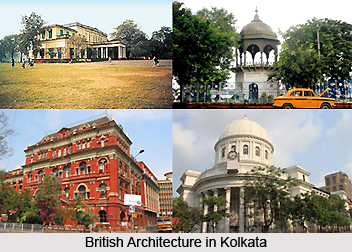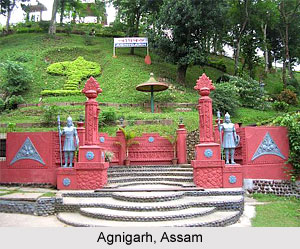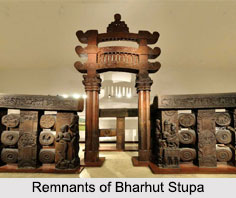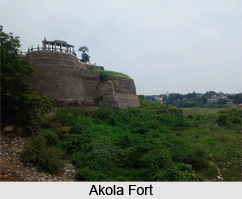 Akola Fort is a hill fort that is located in the district of Akola in Maharashtra state. It is also known as Asagad or Asadgad. It is one of the main forts in the district, along with Akot fort and Narnala fort. The geographical coordinates are 20°42`22.41"N 76°59`24.07"E and 20.706225°N 76.990019°E. The structure was built mostly with stone in 1697 CE by Asad Khan.
Akola Fort is a hill fort that is located in the district of Akola in Maharashtra state. It is also known as Asagad or Asadgad. It is one of the main forts in the district, along with Akot fort and Narnala fort. The geographical coordinates are 20°42`22.41"N 76°59`24.07"E and 20.706225°N 76.990019°E. The structure was built mostly with stone in 1697 CE by Asad Khan.
History of Akola Fort
Akola Fort was initially constructed with mud by Akol Singh. He erected the fortification in order to defend the nearby village. Later the fort was strengthened and renovated by Asad Khan in 1697 CE during the rule of Mughal Emperor Aurangzeb. Hence the fort was known as Asadgad.
Eventually Akola Fort was occupied by the forces of the British Indian Army. In 1803, Field Marshal Arthur Wellesley, 1st Duke of Wellington, KG, GCB, GCH, PC, FRS used the citadel as his camp before the Battle of Argaon during the Second Anglo Maratha War. However, the fortress was demolished by the British Government of India in 1870.
Architecture of Akola Fort
There are many inscriptions on Akola Fort. One of the gates, known as Dahi Handa Gate, has an inscription that mentions that Nawab Asad Khan served as the minister during the rule of Aurangzeb. There is a fortified tower in the premise which is known as Fateh Burj. There is also an Eidgah that was used for conducting religious ceremonies and prayers during the festival of Eid. There is an inscription in the Eidgah that mentions that construction of the fort was completed in 1698 CE by Khawja Abdul Latif.
There is also a temple known as Shri Raj Rajeshwar Mandir devoted to Lord Shiva which is located in the vicinity.
This article is a stub. You can enrich by adding more information to it. Send your Write Up to content@indianetzone.com
